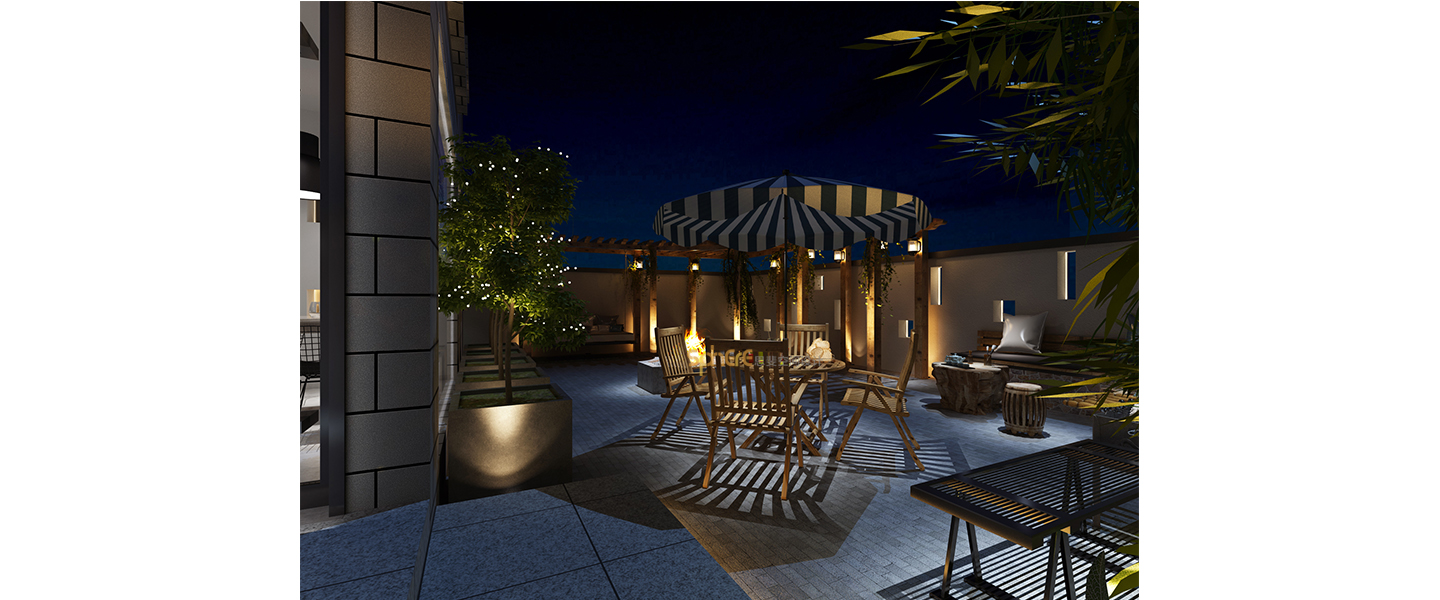Ecuestre David Macias + Miguel Quintana
2016-08-15 15:00
© Santiago Robayo Fotografía
架构师提供的文本描述。对于这一项目的方法和起源,有两个要求是足够的。典型农村环境马术使用下的第一种活动在设计理念上表现为不可分割的特征;第二种是农村住宅的当代解读,体现在其建筑中。
Text description provided by the architects. Two requirements were sufficient for the approach and the genesis of this project. The first activities under typical rural environment equestrian uses were present as indissoluble features in the design concept; and the second project a rural housing under a contemporary reading embodied in its architecture.
© Santiago Robayo Fotografía
因此,该项目的根本挑战是确保使用和形象都保持不变的共生。为此,在制定一个设计方案之前,建筑师们开始调查在该地方的农村住宅中建立的生境地区的文化方面。因此,有不同的参考要素从正式阅读提供的设计指南作为起点。首先,发现该地区城乡住户的立面具有不同的构图节奏,一般采用石材、土坯、石灰等传统材料。
Thus the fundamental challenge of the project was to ensure that both the use and image were in constant symbiosis. For this and before generating a design scheme, architects initiate an investigation of the cultural aspects from the area of habitat that have been established in rural dwellings of the place. Thus there are different reference elements from the formal reading provided design guidelines as a starting point. In the first instance it is found that the facades of urban and rural households in the area have different rhythms of composition generally built with traditional materials such as stone, adobe and lime.
© Santiago Robayo Fotografía
另一个重要的设计元素是产生正交的帧、产生痕迹和进入不同区域的门廊、由不同时代和历史时刻衍生的白话建筑。最后发现,从传统的岩石艺术遗址继承的地球色彩,是农民家庭立面中的一个常数,是人们在建筑环境中的习俗、身份和历史记忆的特征。
Another important design element is the generation of orthogonal frames, lintels and porches that generate vestibules and access to different areas, a vernacular architecture derived from different eras and historical moments. Finally it is found that the use of earth colors inherited from the traditional rock art site, is a constant in the facades of peasant homes, this being a constant that characterizes the customs, identity and historical memory of the people in building its environment.
从它们到执行地的自然优点,项目方法就产生了。这两种功能都要求空间和享受各种重要的景观,内部等离子空间分布。这种分布只不过是通过该地区的农村和传统活动所取得的不同经验的总和。两者的乡村生活,作为他们的活动寻求融入设计。对他们来说,一楼出现了一系列的马术,这是他们的主人对马术农舍设计的基本要求。此外,这个第一级有一个广泛的服务领域和许多附属单位产生于这种活动。
From them and to the natural virtues of the place of implementation, the project approach is generated. Both functions such as space requirements and enjoyment to various important views from the landscape, the inner plasma spatial distribution. This distribution is not more than the sum of different experiences through rural and traditional activities of the area. Both rural life, as their activities sought to integrate into the design. For them a series of mews arises on the first floor being a fundamental requirement of their owners for the design of the equestrian peasant house. Also this first level have a wide service area and a number of ancillary units derived from such activity.
© Santiago Robayo Fotografía
由于分区正在研究所有使传统农村住房和二楼作为阁楼(解释当代搜索城市)的运作至关重要的活动,永久住所需的依赖被发现集中在一楼或临时区域,例如厨房、多个客厅、卧室和浴室。在那里,从第二层,通过在马厩屋顶上开发的不同的梯田,可以俯瞰山区、乡村及其传统环境。在施工方面,采用传统的粘土砌块、土坯、石灰抹灰等施工技术。
As zoning was looking all activities that make vital the operation of traditional rural house and second floor as a loft (interpreting the contemporary search city), the dependence necessary for the permanent accommodation is found to concentrate on first floor or casual, areas such as kitchen, multiple living room, bedroom and bathroom. There, from the second level and through the different terraces exploited on the roof of the stables, is privileged view towards the mountains, the countryside and its traditional environment. As for the construction, it was done with traditional techniques using clay blocks, rustic adobe and lime plastering.
正面的色调是对其周围环境和历史记忆的典型和传统色彩的正式解读,重点是土色房屋和红色岩石艺术;这些松散的墙壁是用天然染料衍生的材料绘制的。至于以云量、湿度和雾为常数的气候,生物气候是自然照明和通风创造舒适室内空间的一个重要因素,也是利用有助于优化能源的材料,使双层墙壁、屋檐和高度得以营造出宜人的气氛的一个重要因素。
The tones of the facades are a formal reading of the typical and traditional colors of their surroundings and historical memory with emphasis on earth-colored houses and the reddish rock art; These loose walls were painted with natural dyes derived materials. As for the climate whose constant is the cloudiness, humidity and fog, bioclimatic was an important factor where natural lighting and ventilation make comfortable interior spaces, as well as the use of materials that help energy optimization, materialized double walls, eaves and heights that allow a pleasant atmosphere.
© Santiago Robayo Fotografía
在里面,细节,如阁楼的门,共和党时期重复使用的元素,以及壁炉的连接线,它们成为基准和记忆。此外,在砖石建造的沙发角包含两个推杆,多空间,把这个区域变成一个灵活的四张床的住宿床。最后,主浴有一个冷静的混合颜色,代表典型的农民色调。马匹和传统农舍的不同用途,都是这种多功能、谨慎而又现代的住宅设计的起源,其主人的细节使传统与现代之间形成了完美的联系。
Inside, details such as the door to the loft, re-used element of the Republican period, and the lintel of the fireplace, they become benchmarks and memory. Also the couch corner built in masonry contains two trundle multiple space turning this area into a flexible four-bed accommodation beds. Finally the master bath has a sober mix of colors that refer to the typical peasant tones. Both the horses and the different uses that are part of the traditional peasant housing, were the genesis of the design of this multifunctional, discreet but modern turn housing, details for their owners make a perfect correlation between the traditional and the contemporary.
© Santiago Robayo Fotografía
Architects David Macias, Miguel Quintana
Location Zipacón, Colombia
Architect in Charge David Macias + Miguel Quintana
Photographs Santiago Robayo Fotografía
 举报
举报
别默默的看了,快登录帮我评论一下吧!:)
注册
登录
更多评论
相关文章
-

描边风设计中,最容易犯的8种问题分析
2018年走过了四分之一,LOGO设计趋势也清晰了LOGO设计
-

描边风设计中,最容易犯的8种问题分析
2018年走过了四分之一,LOGO设计趋势也清晰了LOGO设计
-

描边风设计中,最容易犯的8种问题分析
2018年走过了四分之一,LOGO设计趋势也清晰了LOGO设计

























































































